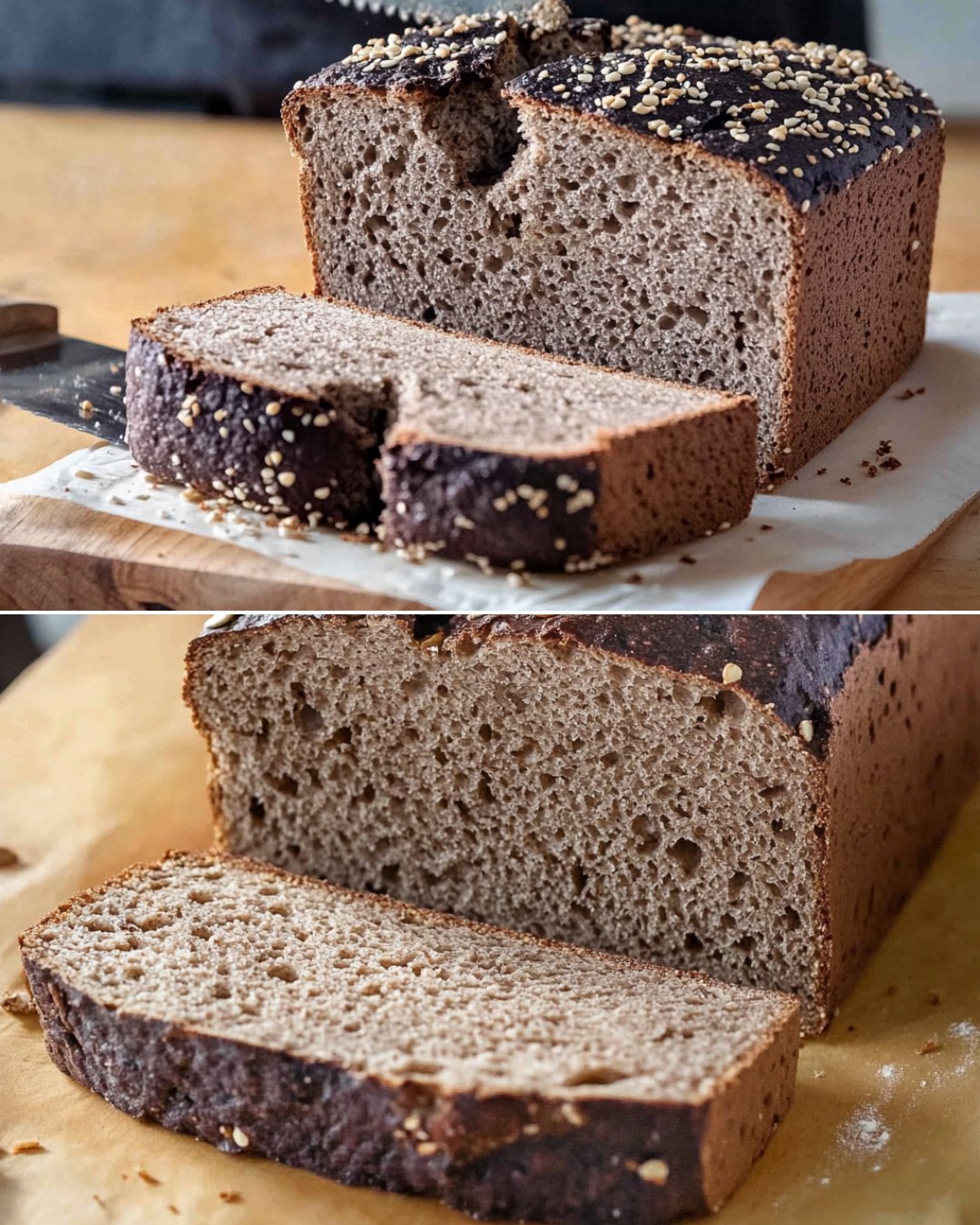ADVERTISEMENT
Homemade Fermented Buckwheat Bread: Gluten-Free, 1 Ingredient Magic
In the world of gluten-free baking, finding a recipe that’s simple, nutritious, and flavorful can sometimes be a challenge. But what if we told you that you could make homemade bread with just one ingredient? Enter fermented buckwheat bread—a gluten-free marvel that requires nothing but buckwheat to create a deliciously dense, nutritious loaf.
This homemade, fermented buckwheat bread is the answer to your gluten-free bread cravings. It’s naturally leavened through fermentation, which not only makes it lighter but also boosts its nutritional value. Whether you’re avoiding gluten due to dietary restrictions or just looking for a wholesome, simple bread option, this recipe is the perfect solution.
Let’s dive into how to make this amazing bread with just buckwheat and the magic of fermentation!
Why Buckwheat?
Although the name might be misleading, buckwheat is actually not related to wheat at all. It’s a pseudocereal, making it a great gluten-free alternative for those with sensitivities to wheat or other gluten-containing grains. Buckwheat is packed with essential nutrients, such as:
- High-quality plant protein: Buckwheat contains all nine essential amino acids, making it a complete protein source.
- Rich in antioxidants: It’s loaded with antioxidants like rutin, which helps fight inflammation and promote heart health.
- Fiber-rich: Buckwheat is an excellent source of fiber, promoting healthy digestion and helping you feel full longer.
- Mineral content: It’s a great source of magnesium, iron, and zinc, all important for overall health.
By fermenting buckwheat, you not only make the bread easier to digest but also enhance its nutrient availability. The fermentation process breaks down anti-nutrients, making minerals more bioavailable and improving gut health.
How Does Fermentation Work in Buckwheat Bread?
Fermentation is a natural process where bacteria or yeast break down carbohydrates (like starches in the buckwheat) into simpler compounds, such as acids or gases. For this bread, fermentation serves two purposes:
- Leavening: The naturally occurring yeast and bacteria in the environment (or those introduced through a starter) will help the dough rise, giving it a light texture and airy crumb.
- Flavor Development: The longer fermentation time allows the bread to develop a tangy flavor, which gives it complexity and depth—similar to sourdough bread.
This process doesn’t require any special equipment or ingredients beyond buckwheat, water, and a bit of patience.
Homemade Fermented Buckwheat Bread Recipe
Ingredients:
- 1 cup of buckwheat groats (not buckwheat flour)
For Complete Cooking STEPS Please Head On Over To Next Page Or Open button (>) and don’t forget to SHARE with your Facebook friends
ADVERTISEMENT
ADVERTISEMENT
